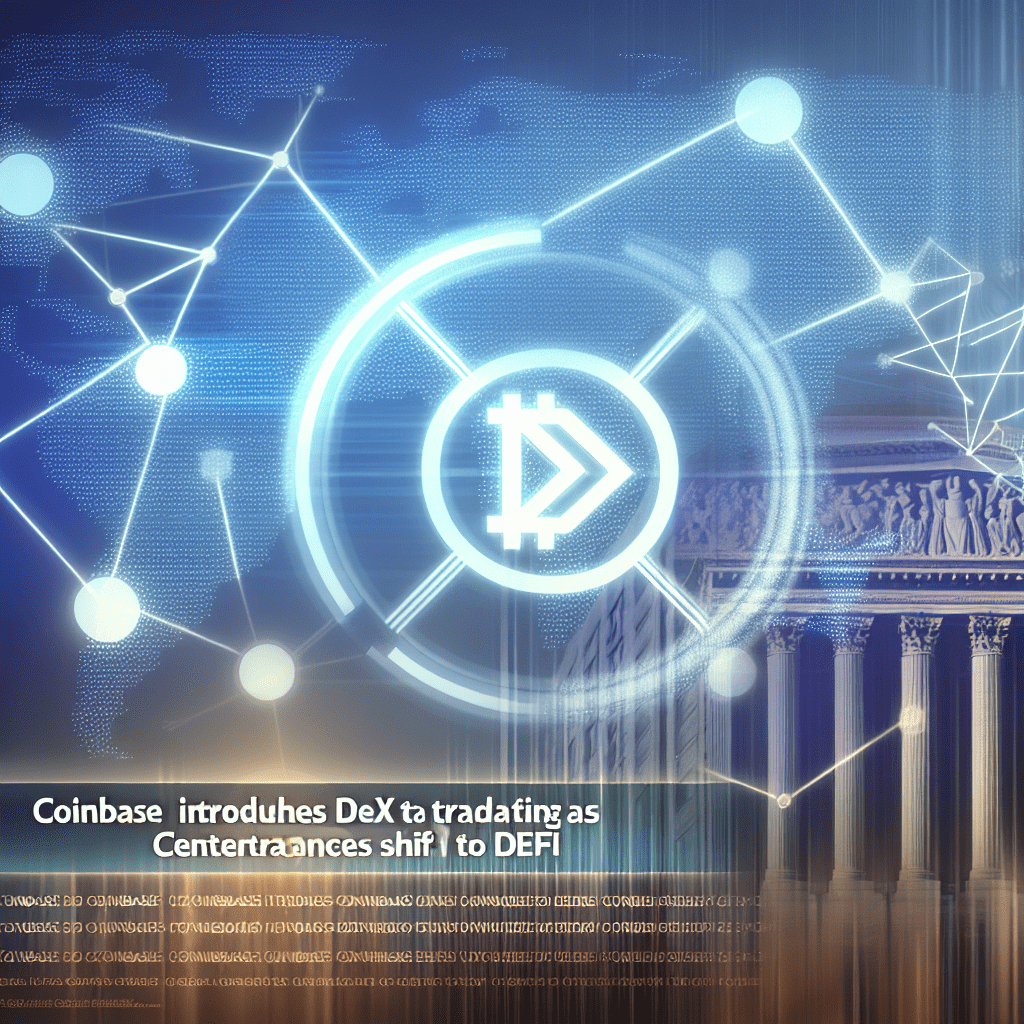Coinbase has rolled out decentralized trading to most of its U.S. customers, enhancing access to one of its most significant offerings.
The firm announced on Oct. 8 that its decentralized exchange (DEX) feature is now available in the main Coinbase app for users nationwide, excluding those in New York, where state regulations limit the service.
This new interface allows traders to swap tokens right as they become available, providing early access to emerging assets before centralized listings. It operates entirely on Base, Coinbase’s Ethereum layer-2 network, with plans to expand to more chains and regions over time.
Currently, users can trade assets issued on Base from projects like Virtuals AI Agents, Reserve Protocol DTFs, Soso Value Indices, Auki Labs, and Super Champs. Coinbase has implemented liquidity routes from 1inch and 0x, facilitating non-custodial token swaps while allowing users to retain control of their wallets.
Users can fund their trades directly from an existing Coinbase balance or USDC, with Coinbase covering gas fees in return for a “small, transparent” trading fee.
This launch follows an August trial with select testers and marks a significant move into on-chain trading for the exchange’s retail users.
CEXs introduce DEXs
The DEX launch coincides with similar initiatives from competitors.
Bybit recently launched Byreal, a Solana-based platform designed to combine centralized exchange efficiency with DeFi transparency.
BitMart and MEXC have also established their own on-chain platforms, all aimed at keeping users within their trading ecosystems as liquidity becomes fragmented across networks.
These actions are not surprising, as industry data indicates that crypto traders are increasingly utilizing DEX platforms for their transactions.
Research from CoinGecko revealed that decentralized exchanges now account for around 28.5% of the spot activity observed on centralized platforms. In Q2 2025 alone, DEX volumes surged over 25%, while centralized exchanges experienced a nearly 30% decline in trading.
This disparity raised the DEX-to-CEX volume ratio to 0.23, up from 0.13 in the previous quarter.
“CeDeFi convergence will be a reality sooner than we anticipate.”
In this climate, crypto traders increasingly favor platforms that provide transparency and self-custody of their assets. By seamlessly integrating a DEX into their app, centralized exchanges (CEXs) aspire to bridge that divide, offering the autonomy of DeFi while delivering the speed and reliability users expect from their exchange.


